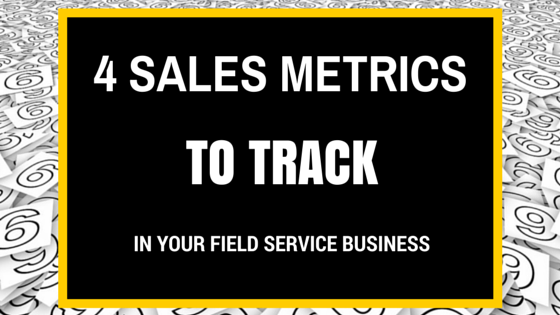
When I was a kid, I loved baseball. I collected baseball cards and memorized stats (I still remember that Kirby Puckett hit 4 homers total in his first two seasons in the league, then exploded for more than 30 his third year). In those days, batting average, home runs and RBI were the key metrics you’d pay attention to in a hitter.
While those are important today, advanced metrics have taken over. On-base percentage, slugging percentage, OPS and WAR are common metrics used to evaluate players. Heck, the Houston Astros signed a guy who had a career ERA of over 8 (which is bad for those of you who are lost right now) simply because his curveball had an almost unheard of spin rate.
Speaking of the Astros, they’ve been one of the big surprises this season. They’ve done it because they now worship at the altar of advanced metrics when making decisions. It’s helped. It also helped the Red Sox with their first World Series in almost 100 years earlier this century, and has helped the A’s become a contender year in and year out.
Paying attention to numbers matters not only on the baseball field, but also in your business. The typical field service business pays close attention to operational numbers, but many we’ve talked to don’t know what sales metrics to monitor. With that in mind, here are some of our favorites:
Your Sales Funnel
The typical sales process is like a funnel. You have prospects at the top of the funnel because there are a lot of them. These are essentially people that have expressed an interest in your business, but who you have not yet estimated the dollar value of the service they would like. These may also be called leads. These folks are typically farthest away from representing revenue in your business. The prospects are what are called your top of funnel leads.
Once you’ve submitted an estimate, they move to the middle of the funnel, or estimate stage. As the name implies, anyone you’ve submitted an estimate to but haven’t heard a yes or no from sit at your estimate stage.
Last are the folks at the bottom of the funnel. These are folks that have given you an answer. Typically, anyone who has said yes or no, you would consider closed.

It’s important to know not only numbers, but also dollar values, of everyone that you have in your funnel. If you’ve got a lot of people at the top of your funnel, you need to get your sales rep out estimating. If you have a lot in the middle of the funnel, your sales rep needs to start calling and getting commitments from people. If you don’t have a lot of people in either of those stages, you most likely won’t be closing a lot of short term sales.
Understanding where your opportunities are in the sales process can help you better understand when and how much revenue you’ll be closing short and long term.
Win Rate
So now that you understand the general fundamentals of a sales pipeline, let’s look at some other numbers. One that can help you better understand the success of your sales rep is their win rate. Win rate is very simple to calculate. Just take the total number of sales won and lost in a particular time period, and divide it by the number of wins. Your formula is simply this:
Wins/(Wins+Losses)
That tells you what % of estimates you typically win. If you have a number in the single digits, you have problems. You may be priced too high, your sales rep may be ineffective, your value propositions may need work, or any combination of those three things could be causing you to lose a large percentage of the estimates you submit.
But knowing your win rate can also help you better predict upcoming revenue. For example, say your win rate last year was 30%. You’ve got 10 open estimates with an average value of $500 each. You should be able to put together a rudimentary forecast that says you’ll win 3 of those estimates and their value will be $1500.
Average Days to Close
Average days to close is another great metric that can help you fine-tune your sales forecast. It’s basically a measurement of how long it takes from the creation of a prospect to a decision. So if you create a prospect on June 1 and they tell you they’ve selected you on June 15, it took 15 days.
What we’ve found at HindSite is that our average days to close is around a month. Sure, there are some people that take months to make a decision, but there are also some that take days. By knowing your average days to close, you can use it in conjunction with your win rate to determine when you should expect that new sales revenue to come in.
If you have multiple sales reps, it might also help you identify sales reps that are good at getting an answer from estimates. I once worked at a company whose motto was “Get to the No!” At the time, it struck me as less than optimistic. But what they were saying was that you need to get an answer as soon as possible - even if it’s a no - so you can maximize your time chasing prospects that are most likely to say yes.
Average Deal Size
A final metric to look at is your average deal size. Again, this is a simple number to calculate. Simply add up the dollar value of all the estimates you’ve won and divide by the number of estimates you’ve won. That gives you your average deal size.
Why is that important? Again, it’s a great number to know for forecasting. But it’s also a good way to compare sales reps. You may have one that closes a lot of deals, but they’re all small. That tells you more sophisticated buyers may be turned off by that sales rep. Closing a lot of estimates isn’t necessarily the sign of a good sales rep. Closing a lot of revenue is.
Now that you’ve got a firm grasp of some of the key sales metrics in your field service business, why not fix some other issues by downloading our free eBook, 33 Stupid Things Contractors Do (And How to Fix Them)?








